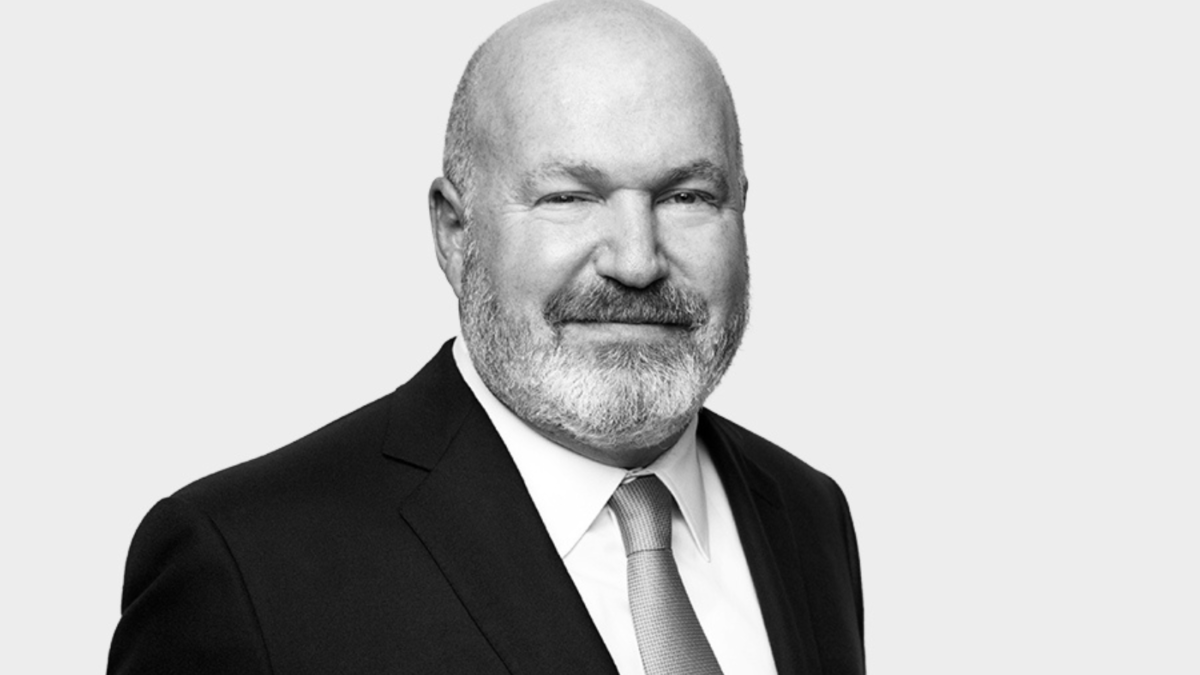Don’t go chasing unicorns (or interest rates): The value-growth fairy story
In a paper published last week, the AQR founder says over the long-term “there is very little evidence that the return of the value factor is anything other than trivially correlated to changes in interest rates”.
“But, in more recent times the correlation has been strong and in the direction hypothesized: when rates go up, value tends to do better and vice versa. Now we have to ask whether this correlation makes sense,” Asness says. “Well, in a word, no.”
The AQR analysis shows “expensive” stocks do tend to grow at a faster pace on average than a diversified value portfolio over the medium term but with most of the growth front-loaded “in the first two years where the majority of any predictability seems to reside”.
“After five years it’s certainly a push (no steady excess growth in year six onwards),” he says.
In practice, Asness says the ‘duration’ of a growth portfolio is only marginally (three months) longer than a diversified value counterpart, suggesting interest rates should have little bearing on relative performance.
However, he says the duration exposure of ‘unicorns’ – or those growth companies that can sustain the hyperbolic early-years expansion for indefinite periods – is about 10 years longer than either value or growth. By definition, of course, unicorn companies are rare (or mythical) and to expect a broad growth portfolio to follow a never-ending expansion path “or anything like it, is cray-cray”.
“It seems, particularly if you, like me, think we’re in a bubble, that growth investors are all trying for unicorns,” Asness says. “… So, why has value versus growth been trading the way it has in recent times? Put simply, I don’t know. Correlation, like fertilizer, happens.”
“But that won’t stop me from taking a guess. If we’re in a bubble, then many must be assuming their growth portfolio is more like the unicorn example above than what real life has ever delivered.”
The unicorn fantasy could have legs for some time yet, though, with momentum sustaining investor behaviour.
“If something is trading a certain way, then on average it will continue for a while,” he says. “Thus, while there are no guarantees, I expect this correlation to be around for a bit.”
Interest rate movements might affect the timing of any value victory over growth but “not whether it will win”, Asness says.
“Frankly, the assumption of so many pundits who state, when value versus growth has been trading correlated to interest rates and they desperately need something to say, that it makes perfect sense as growth cash flows are much longer dated, is just wrong,” he says. “They should stop repeating this easy, facile, mistaken and misleading observation.”
And while the AQR paper makes a case linking the recent value-growth interest rate correlation with bubble-related unicorn sightings, Asness says the phenomenon could just as easily be “random chance”.
“… everyone’s least favorite explanation, but often the right one.”











